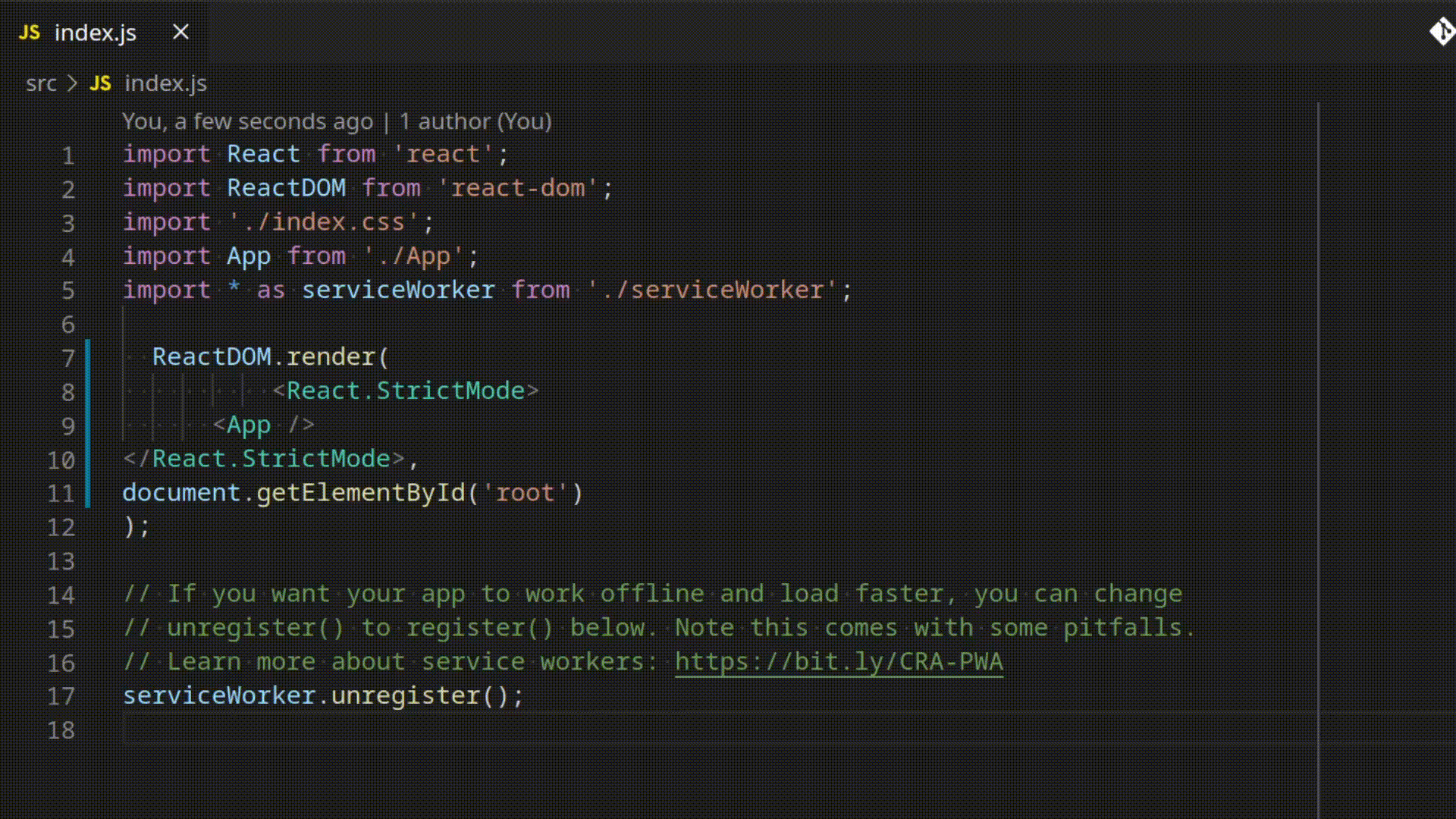

A relative pathname does NOT begin with a leading " \" (back-slash). For example, if the current drive and working directory is " C:\Program Files\java\", then the relative path " jdk1.7.0_07\bin\" resolves to " C:\Program Files\java\jdk1.7.0_07\bin\". Relative Pathname: A relative pathname is relative to the so-called current drive and current working directory.

It starts with X:\ (where X denotes the drive letter and the leading " \" denotes the root), and contains all the sub-directories leading to the file separated by " \".

View File Type in Windows "File Explorer"įor programmers, it is important to SEE the file type inside the "File Explorer", which is hidden by default. Windows can associate a program to each file type. Filename and File TypeĪ Windows' filename consists of two parts: filename and file type (or file extension) separated by a dot, e.g., Hello.java, Hello.class, Test.txt, etc. Windows' file system is NOT case-sensitive, a rose is a Rose, and is a ROSE. Each drive has its own root directory, such as C:\, D:\ and E:\, where the " \" (back-slash) denote the root directory of each drive. Windows' file system is organized in drives, identified by a drive letter followed by a colon, e.g., C:, D: and E. A sub-directory may contain sub-sub-directories and files, and so on. A directory may contain sub-directories and files. The directories are organized in a hierarchical tree structure, starting from the so-called root directory for EACH of the hard drive (as illustrated). In Windows, files are organized in directories (aka folders).


 0 kommentar(er)
0 kommentar(er)
